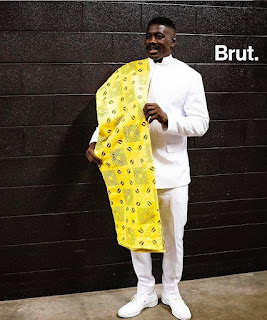Tuesday, February 6, 2024
Friday, May 17, 2013
Indiennes 2
The fashion for Indian calico prints grew so rapidly that the East India Company was unable to meet the European demand. The obvious solution was to start reproducing the printed cloth in Europe. In 1640, Armenian merchants, armed with the secrets of the Indian techniques, introduced Textile Printing into Europe; The French Port of Marseille was the starting point for European Printing, closely followed by England, around 1670 and Holland in 1678. In France, the phenomenal success of the first Textile Print works was soon to be challenged. The well established wool and silk manufacturers objected strongly to this unexpected rivalry from the Indian continent. As well as the French home market, the revenue gained from the exportation of woolen and silk cloth was considerable. In order to protect the status quo, the importation, manufacture, and usage of any Indian Calico Printed cloth was forbidden by Royal Ordinance in 1686.



Most often monochrome, drawn in perspective and using delicate "chiarascuro" techniques, the composition of these designs was masterful, and the end result with it's three dimensional aspect pleased as much at this time as it still does today. As always art and technique were combined. The delicate line quality, and the exceptional end result were due to the invention of printing using an engraved copper plate.
In spite of the heavy penalties including imprisonment and banishment, the fashion for Indian Prints carried on growing. Faced with such a strong resistance prohibition was gradually relaxed, and in 1759, textile printing based on the Indian techniques was proclaimed legal in France. A new industry grew throughout France. Nantes, Paris and Rouen in the North, Lyon and Marseille in the South became important manufacturing sites. Mulhouse was a Free City until 1798, thus allowing the development of printing onto textiles early. The first manufacturer based in Mulhouse dates from 1746. England, Holland and Switzerland quickly followed the French lead, and the European textile printing industry was launched. Until the end of the 18th Century, design ideas were limited. Motifs were directly copied from original Indian works, some geometric designs were used. However the large majority of designs were floral. Flower painters were commissioned by manufacturers to produce intricate designs, adapting their art to the demands of this new and exciting industry. The famous landscapes with figures best known as "Toiles de Jouy", were an exception to this, and were almost exclusively destined for furnishing purposes. Allegorical, literary and historical references were numerous, as were hunting scenes and views of everyday life.
Most often monochrome, drawn in perspective and using delicate "chiarascuro" techniques, the composition of these designs was masterful, and the end result with it's three dimensional aspect pleased as much at this time as it still does today. As always art and technique were combined. The delicate line quality, and the exceptional end result were due to the invention of printing using an engraved copper plate.
Monday, August 2, 2010
Subscribe to:
Posts (Atom)








